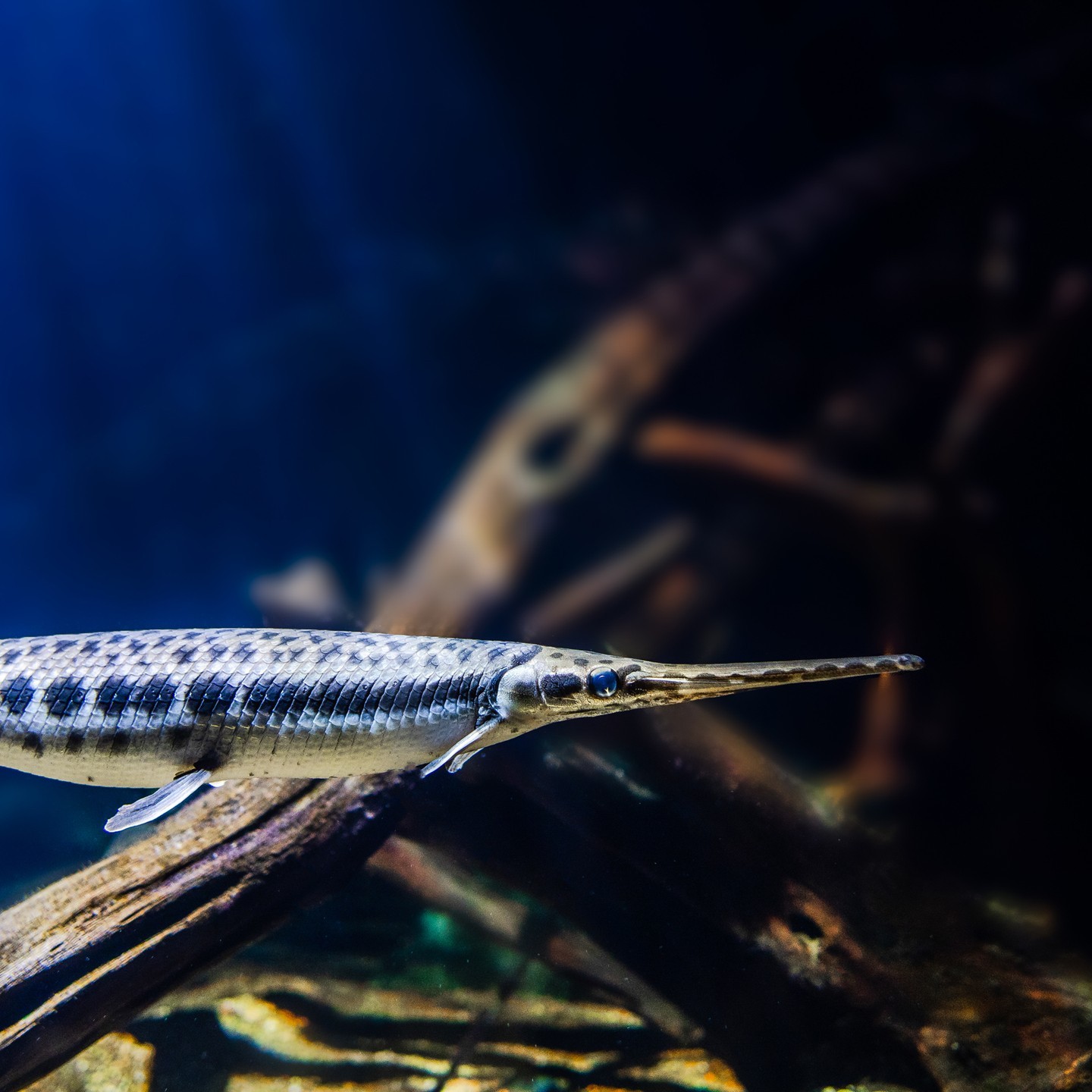Gars are fascinating fish that inhabit fresh, brackish, and occasionally marine waters of eastern North America, Central America, and parts of South America. There are seven species of gar in two genera: Atractosteus and Lepisosteus. All gars have a long snout with sharp teeth, diamond-shaped scales, and an elongated body.
The largest species is the alligator gar which can grow up to 10 feet long and weigh over 300 pounds! This species has a unique set of teeth that resemble those of an alligator. It also has two dorsal fins that are connected by a membrane. The other six species vary in size from the shortnose gar (up to 3 feet) to the longnose gar (up to 6 feet).
Gars are predatory fish that feed on smaller fish, crustaceans, mollusks, frogs, snakes, and even small birds. They use their long snouts to search for prey in shallow waters or along the bottom of lakes and rivers. Gars can survive in both fresh and saltwater environments but prefer slow-moving streams or ponds with plenty of vegetation for cover.
These fish have been around for millions of years and were once abundant throughout much of North America. However, due to habitat destruction and overfishing they are now considered threatened or endangered in some areas. Conservation efforts have been put in place to help protect these amazing creatures.
Gars may not be as popular as other freshwater gamefish such as bass or trout but they still make great sportfish. Anglers who target them often use live bait such as minnows or crayfish fished near the bottom. If you’re looking for a unique fishing experience then give gar fishing a try!

